Retinol is the most requested ingredient in-clinic, and for good reason. It is one of the only skincare ingredients that is scientifically proven to slow the skin ageing process, as well as visibly reducing existing signs of ageing.
With its transformative power comes the potential for reactions, which is why retinol should always be used within a carefully planned routine and usage/percentage should never be increased without retinising the skin appropriately. We explain more below.
The power of retinol
Retinol is a medium-strength retinoid derived from vitamin A. When applied to the skin, retinol works at different levels within the skin’s structure, targeting cell groups including keratinocytes, fibroblasts, and melanocytes. This activity offers a number of benefits to skin health.
Retinol is scientifically proven to boost collagen production, while inhibiting the breakdown of both collagen and elastin, thus improving skin firmness, and reducing fine lines and wrinkles. Retinol increases skin cell turnover for improved skin texture and a reduction in pore size. It also normalises sebum production to reduce oil and breakouts, increases circulation for a bright, healthy complexion, and normalises transepidermal water loss (TEWL) for a strong, hydrated skin barrier. Finally, retinol exfoliates the skin for reduced pigmentation and a more even skin tone.
The most effective method for combating skin ageing is a cosmetic routine that features topical retinoids, complemented by a combination of nourishing anti-oxidants and moisturisers for optimum skin health.
The power of RetinSphere®
ALLSKIN | MED offers retinol like no other. The incredible Renewal Serums contain the powerful patented technology, RetinSphere®, which targets and treats signs of ageing with a clinically-proven dual release system. This delivers maximum efficacy whilst minimising the uncomfortable side effects of retinol.
RetinSphere® Technology combines two types of retinol: hydroxypinacolone retinoate (HPR) and retinol within glycospheres. HPR is potent and sets to work immediately, with its highly stable properties protecting against skin irritation. The retinol within glycospheres is released over a longer period throughout the day, providing gentle, lasting activity.
Along with RetinSphere®, the Renewal Serums feature two other patented technologies: SCA® PRO and EDAFENCE®. These powerful technologies protect and repair the skin with a blend of powerful growth factors and revolutionary anti-pollution activity, making the Renewal Serums truly superior to any other retinol on the market.
The ALLSKIN | MED approach to retinol is backed by dermatological research and numerous studies. It is proven to visibly reduce the signs of ageing whilst reducing the risk of reactions, therefore making retinol more accessible to all clients and all skin types.
How the skin reacts to retinol
Retinol is an incredible ingredient, but it has a reaction potential. This means clients should always adhere to recommended routines, being mindful of the frequency and duration of application in order to limit side effects.
The most common side effect is retinoid dermatitis1 and inflammation, characterised by red, itchy, dry, and peeling skin. You can reassure your clients that mild symptoms are expected when any new retinol product is introduced to a skincare routine. However, moderate or severe side effects may be experienced when too high a concentration of retinol is applied to skin that hasn’t built up a tolerance (also known as retinisation). This demonstrates the importance of following a professionally-recommended routine, and building up the skin’s tolerance gradually throughout a retinisation period.
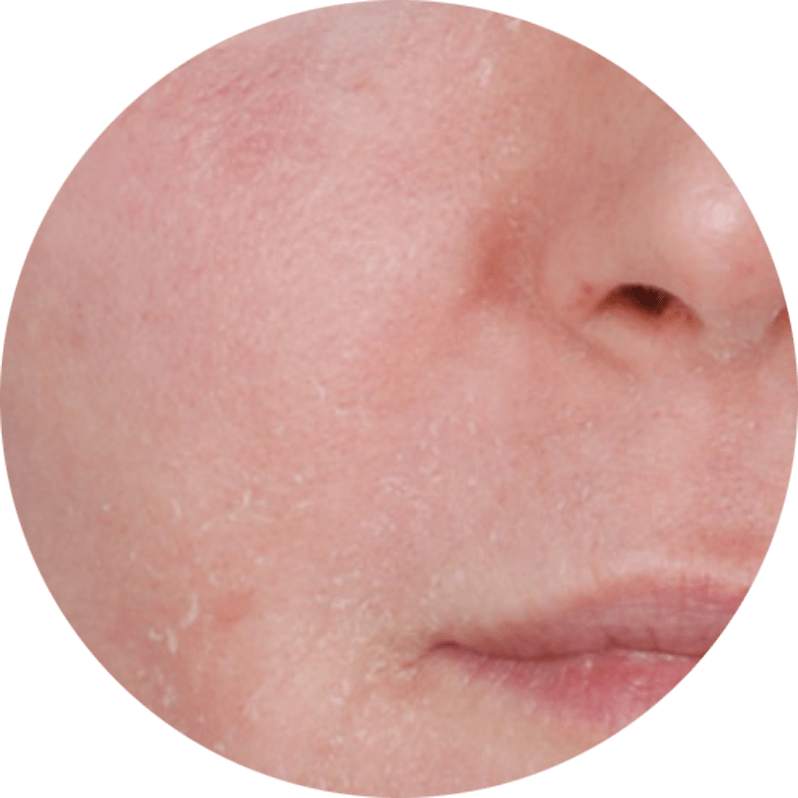
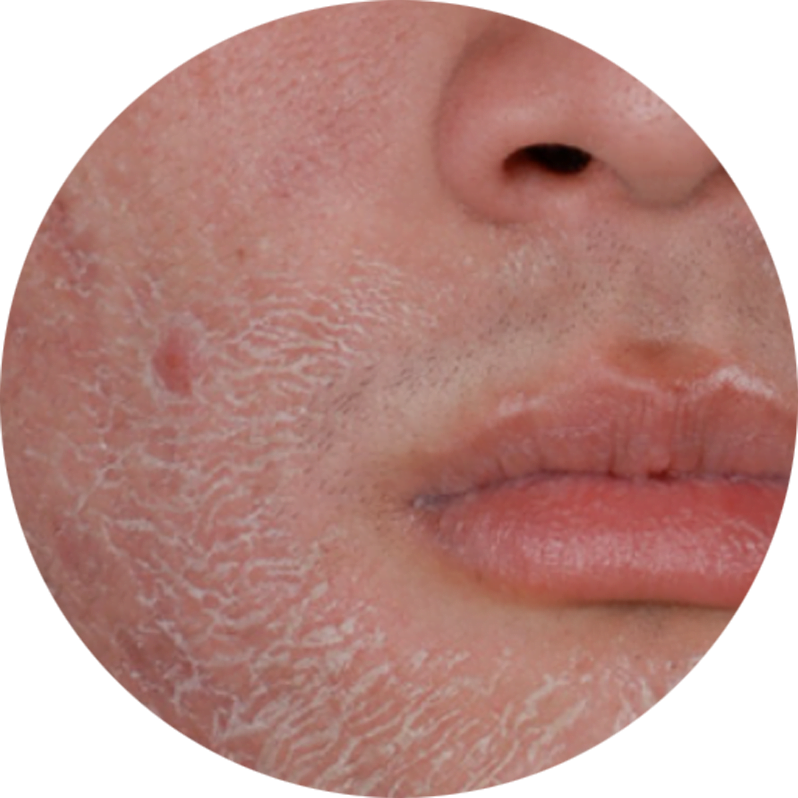
Adverse reactions
Mild reactions are very normal and expected when retinol is introduced to a skincare routine. However, any painful adverse reactions shouldn’t be ignored. A very small number of clients may experience the following side effects:
- Acne, eczema and rosacea flare ups
- Discolouration
- Photosensitivity
- Blistering
- Stinging
- Swelling2
For very irritated skin, clients should be advised to discontinue use of retinol until the skin has settled.
Whenever retinol is applied to the skin, your clients must also be more vigilant with sun protection. This is because retinol reduces the skin’s tolerance to the sun’s rays. Avoiding direct sun exposure is the best way to protect the skin. If the sun cannot be avoided, frequent application of high-level, broad-spectrum sun protection should be recommended.

The Retinisation Protocol
It is so important for your clients to gradually increase the strength of retinol and frequency of use. This is the very best way to protect the skin against uncomfortable side effects.
When to step up? Clients should increase the strength of their Renewal Serum when it is well tolerated by the skin and they experience no adverse effects.
Why step up? Stepping up the percentage of retinol will further boost skin health and reveal better results.
How to step up? The safest and most effective way to step up retinol use is to follow the ALLSKIN | MED Retinisation Protocol.
The Retinisation Protocol is the gold standard in anti-ageing skincare, clinically-proven to deliver incredible results with minimal irritation.
The Protocol commences with the application of a lower-strength retinol, which will gradually increase as the weeks go on, allowing the skin to continually build its tolerance without experiencing discomfort:
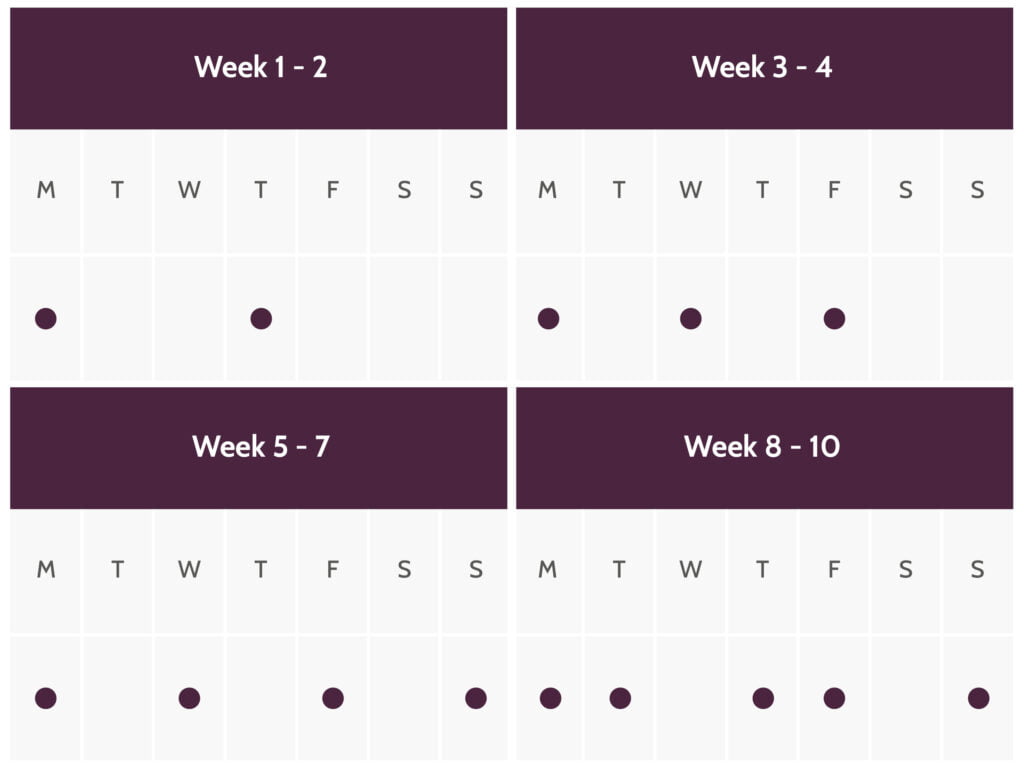
After the retinol is applied, the nourishing Restore Cream should be used.
If irritation is experienced during the Protocol, the amount of product should be reduced and daily usage reduced if required. If the individual continues to experience dryness after several weeks of use, they should stop using retinol until the skin has settled. When the skin is ready, the Protocol can be followed again, from the beginning.
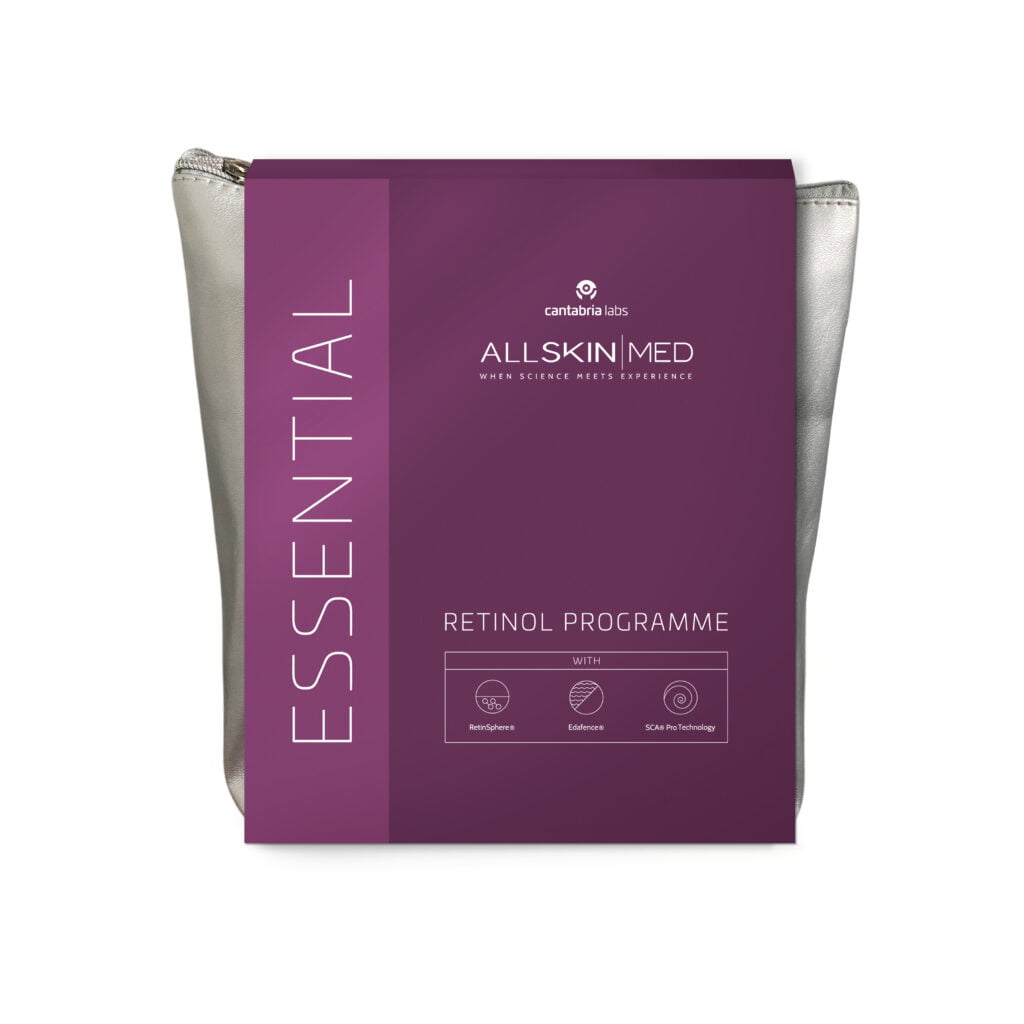
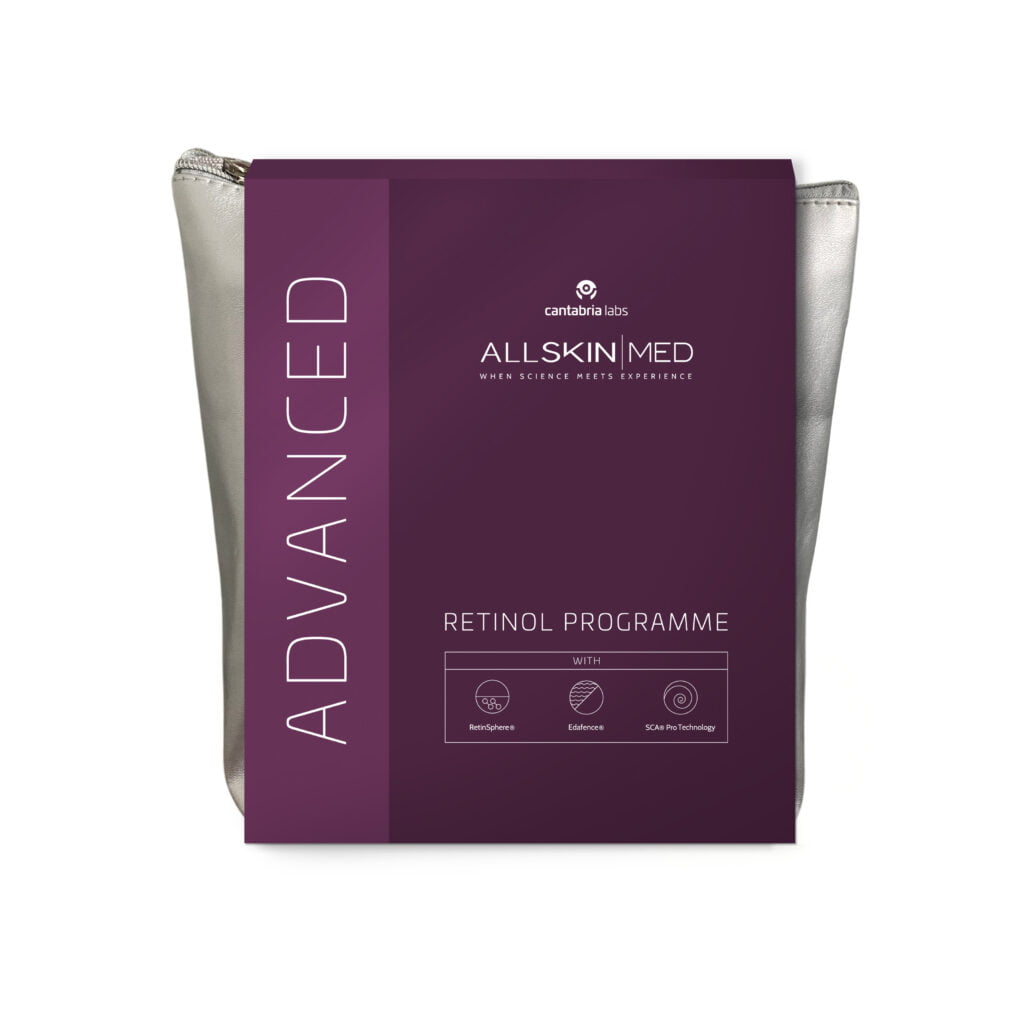
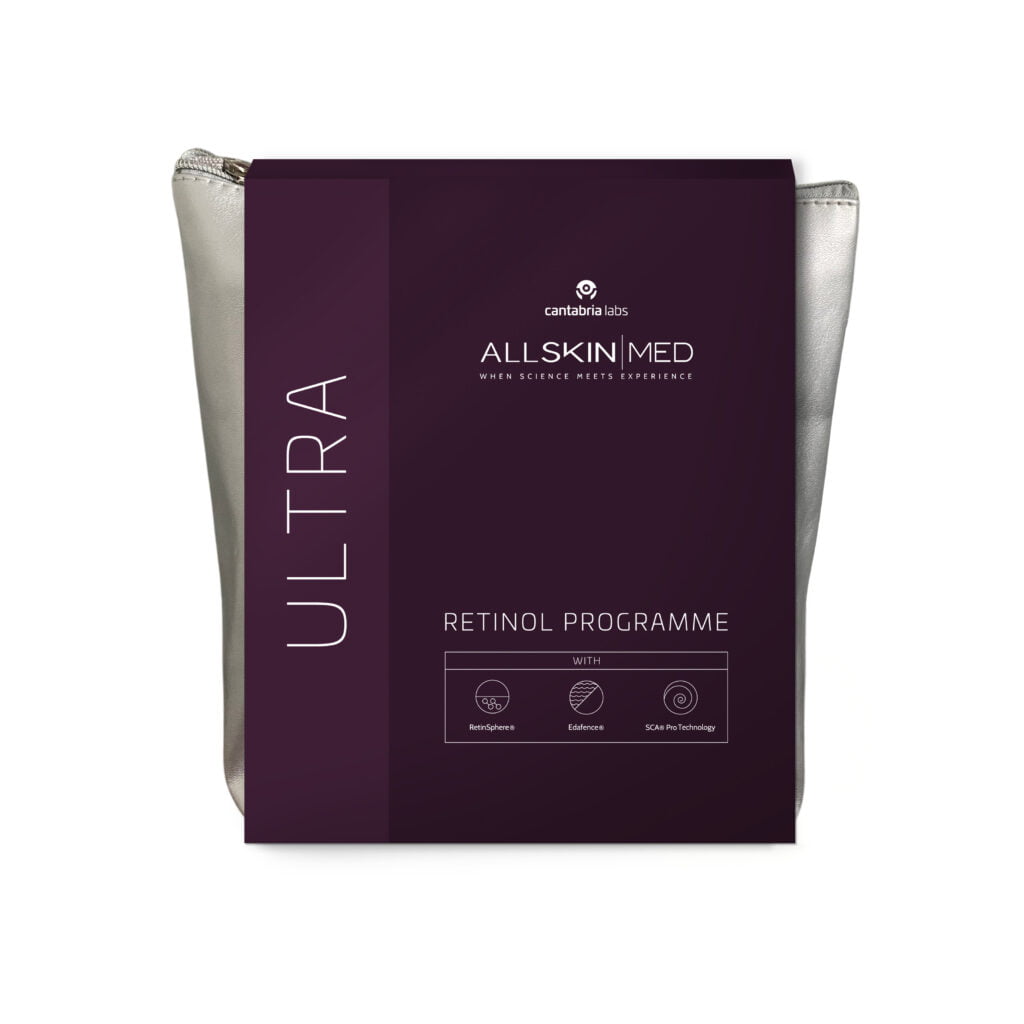
Clients can commence the Protocol with either the Essential Serum (0.25%) or Advanced Serum (0.5%), depending on their skin type and previous experience of retinol. The lowest strength serum is perfect for those who are new to retinol or feel anxious after a previous poor experience. It is also the best option for younger skin and spot-prone skin. Clients who have experience in dermo-cosmetic retinol products may already have the tolerance for the mid-strength serum.
The strongest retinol product, the Ultra Serum (1%), should only be used by clients who have stepped up from Advanced.
For sensitive and reactive skin types, we suggest your clients use the ‘sandwich technique’. This would involve applying the Growth Factor rich Firming serum prior to retinol application. Once absorbed, apply chosen Renewal Serum and let this soak in completely. The client can then follow with a layer of moisturising Restore Cream, completing the ‘sandwich technique’.
For more resistant skin, an underlying layer will not be required prior to the application of retinol. However, a final moisturising layer is still necessary.
Clinical study
To verify the power of the retinol serums and the Skin Retinisation Protocol, we conducted a prospective pilot study across twenty individuals with skin ageing.
At the start of the study, 60% of participants considered their skin ageing to be ‘moderate’ or ‘intense’. Each participant then followed the Skin Retinisation Protocol, gradually increasing the strength of retinol over a twelve-week period. They also applied the nourishing face cream and high-level sun protection.
Throughout the study, participants’ signs of facial ageing were evaluated using various skin analysis tools. Patients and investigators also assessed symptoms and reported their opinions. Many considerable improvements were noted throughout, and by the end of the study, 83% of participants had significant improvements to skin firmness. 0% now reported their skin ageing as ‘intense’3.
Notably, side effects were minimal or completely non-existent for most volunteers. While some discomfort was noted in the middle of the study, when the retinol was applied more frequently, the skin settled quickly as the skin adjusted. This is a perfect example of the retinisation process and the skin’s increasing tolerance.
The study found that the Skin Retinisation Protocol is an extremely effective plan to improve signs of ageing with minimal side effects.
Retinisation tips
How to get involved
Become an ALLSKIN | MED Partner
Are you a skincare professional looking to step up your clinic’s retinol offering? With our clinically-proven ingredients and results, ALLSKIN | MED is the perfect range to introduce into your clinic.
Our Introduction to ALLSKIN | MED webinars are perfect for professional skin clinics who are new to the ALLSKIN | MED brand, looking to learn more about this incredible professional anti-aging skincare range and how to become an ALLSKIN | MED Partner Clinic.
References
1 Yin, S., Luo, J., Qian, A., Du, J., Yang, Q., Zhou, S., Yu, W., Du, G., Clark, R.B., Walters, E.T., Carlton, S.M. and Hu, H. (2013). Retinoids activate the irritant receptor TRPV1 and produce sensory hypersensitivity. The Journal of clinical investigation, [online] 123(9), pp.3941–51. doi:https://doi.org/10.1172/JCI66413.
2 Healthline. (2021). How Does Retinol Work? Facts, Side Effects, and More. [online] Available at: https://www.healthline.com/health/beauty-skin-care/how-does-retinol-work#side-effects
3 Truchuelo, M. T., Pielasinski-Rodriguez, U. and Vitale, M. (2022). Evaluation of Effectiveness and Tolerance of a Cosmeceutic Regimen Based on Topical Retinoids. [online] Available at: https://www.dermatology-society.com/articles/jcedr/91648/evaluation-of-effectiveness-and-tolerance-of-a-cosmeceutic-regimen-based-on-the-application-of-topical-retinoids.pdf [Accessed 03 Feb. 2024]
